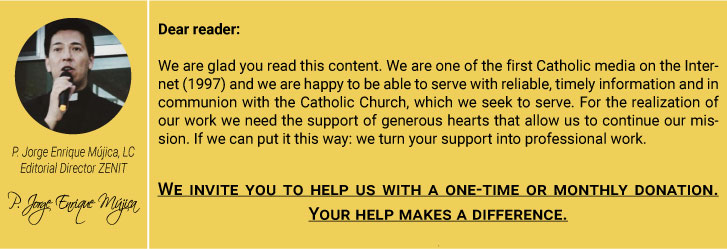The Vatican confirmed on Thursday that active discussions regarding curial reform are taking place, but that “nothing formal has been decided.”
Fr. Federico Lombardi, director of the Vatican press office, made this observation late Thursday morning in the Vatican press office during a briefing given on the seventh meeting of the Pope’s advisory «Council of Cardinals,» often called the «C9,» which began Tuesday and ended Thursday.
While stressing no definite changes to dicasteries were formally decided, the Vatican spokesman shared two ideas on which the council is reflecting, one which involves explanding the size of a commission, and the other which involves merging pontifical councils together under dicasteries.
The type of Vatican entity in which the councils would come together is not known. The spokesman noted they would not necessarily be congregations per se.
A likely change, the Vatican press office director said, is to expand the newly created Commission for the Protection of Minors to about twice its current size. Rather than having eight members and a secretary, it would have 18. He noted this idea was not new, but had been proposed since the time the commission was created. Cardinal Seán Patrick O’Malley, head of the commission and part of the C9, gave the council a report on its status during this week’s meetings.
The Pope’s advisors believe this enlargement is needed, Fr. Lombardi said, to give greater representation of people from different continents, cultures, and with diverse experiences and skills.
As far as actual Curia changes, the Vatican spokesman reaffirmed there has been discussion about bringing certain pontifical councils together under merged dicasteries.
For instance, he said, «the Pontifical Councils for Justice and Peace, and Charity [Cor Unum] and, maybe that for Migrants, could come together.» The other, he added, may bring together those councils for Laity and the Family.»
With regard to this, however, Father Lombardi reaffirmed the Pope’s advisors are still in only the brainstorming phase.
The C9’s next plenary assembly will take place Feb. 9-11, at which time they will revisit guidelines and proposals made for the reform of the Curia.
Following the plenary, the C9 will present and share what it has done and its reflections related to the Curia with the College of Cardinals, gathered for meetings Feb. 12-13. This meeting will be followed by a consistory for the creation of new cardinals Feb. 14-15. This marks the second consistory under Pope Francis’ pontificate.
The Council of Cardinals consists of the following nine prelates: Cardinal Giuseppe Bertello, president of the Pontifical Commission for the Vatican City State; Cardinal Francisco Javier Errázuriz Ossa, archbishop emeritus of Santiago, Chile; Cardinal Oswald Gracias, archbishop of Bombay; Cardinal Reinhard Marx, archbishop of Munich; Cardinal Laurent Monsengwo Pasinya, archbishop of Kinshasa, Congo; Cardinal Seán Patrick O’Malley, archbishop of Boston; Cardinal George Pell, prefect of the Secretariat for the Economy; Cardinal Óscar Andrés Rodríguez Maradiaga, archbishop of Tegucigalpa, Honduras; and Cardinal Pietro Parolin, Vatican secretary of state.




